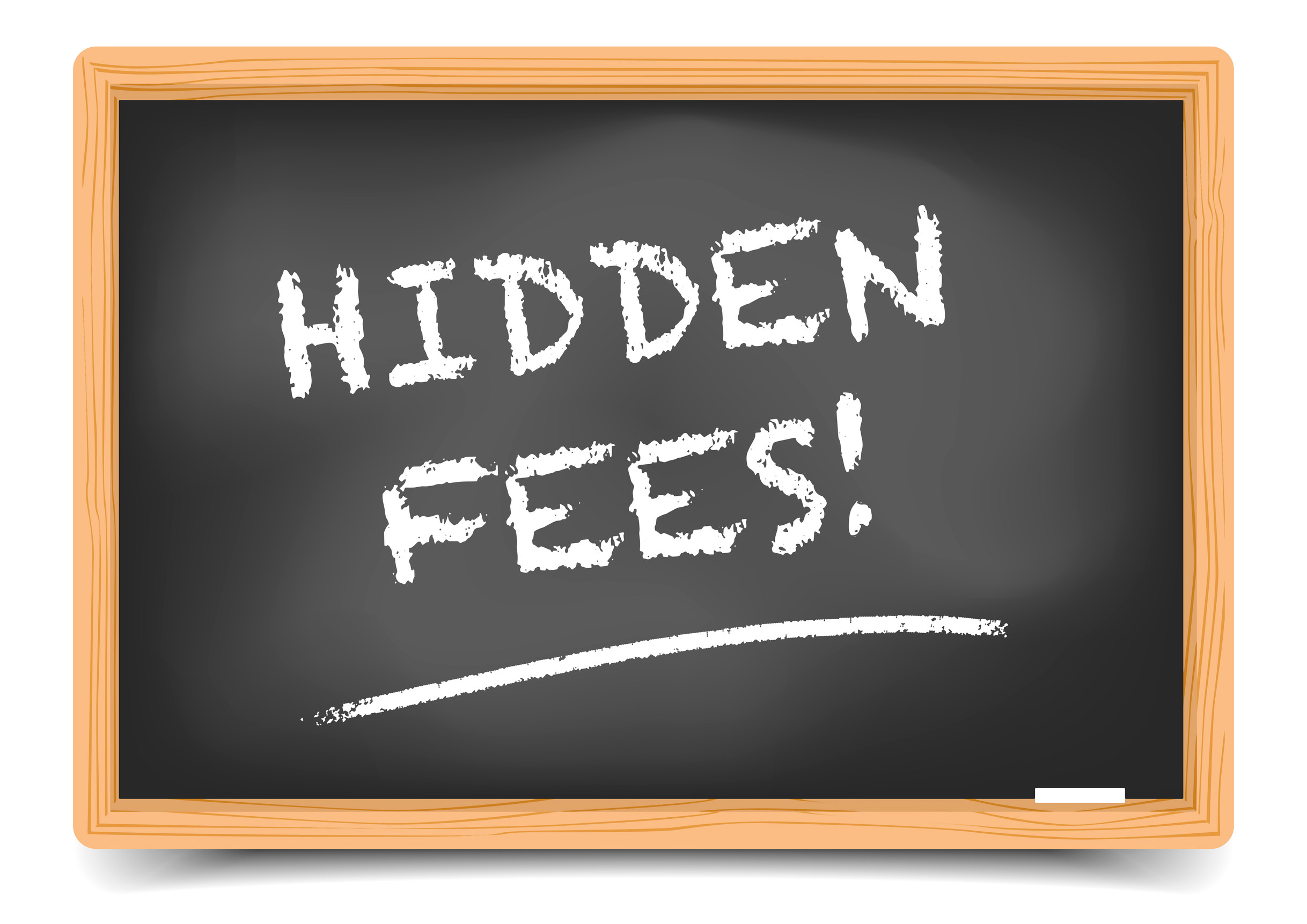
Leasing a car can seem like an easy way to drive a new vehicle without the hefty price tag of buying. With low monthly payments, it can appear to be an ideal solution, especially if you’re not planning to keep a car for long. But before you sign that lease agreement, it’s important to understand that car leases come with a few hidden pitfalls. While the idea of a shiny, new car every few years sounds appealing, there are some less-than-obvious aspects that could end up costing you more than you expect. Here are the seven things you might not be told about car leases.
1. The True Cost of Leasing Is Higher Than You Think
At first glance, the low monthly payments on a lease might seem like a deal you can’t pass up. However, when you break it down, leasing can end up costing more in the long run than buying a car. That’s because you’re essentially renting the car for a fixed term, and at the end of the lease, you don’t own it. Over time, leasing multiple cars could be much more expensive than purchasing one vehicle that you can drive for several years. The trick is to read between the lines in your contract and factor in all the fees and charges that are sometimes hidden.
2. Mileage Limits Can Be a Big Deal
One of the most restrictive aspects of leasing is the mileage limit. Most leases come with a set annual mileage allowance, and if you exceed it, you could be looking at hefty penalties. These fees can add up quickly if you have a long commute or love road trips. For example, if you lease a car with a 12,000-mile limit but drive 15,000 miles per year, you could be charged up to 25 cents per extra mile at the end of the lease. Make sure you think about your driving habits before committing to a lease—otherwise, you could be hit with unexpected charges.
3. Excessive Wear-and-Tear Costs
You might not be worried about taking good care of your car, but leases often hold you responsible for any excessive wear and tear. While normal wear is to be expected, leasing companies typically have specific guidelines about what qualifies as “excessive.” Scratches, dents, or a worn-out interior could result in costly charges when you return the car. It’s important to understand the terms of your lease to avoid these costs, especially since what constitutes “excessive wear” can vary by provider.
4. You Don’t Build Equity
When you buy a car, every payment you make goes toward owning the vehicle outright. With a lease, however, you’re simply paying for the depreciation of the car during the term of the lease. Once the lease is up, you have nothing to show for all the payments you’ve made, unlike when you purchase a car, which you can sell or trade in. If you’re someone who values building equity and wants to own your vehicle eventually, leasing may not be the best financial choice.
5. The Buyout Price Could Be High
Leasing contracts typically include an option to buy the car at the end of the term. However, this buyout price may not always be as good of a deal as you think. In many cases, the buyout price is inflated compared to the car’s actual market value. If you’re thinking about buying the car you leased, it’s worth checking the market value of similar models first to see if it makes sense. If not, you may want to walk away instead of overpaying.

6. You Might Face Hidden Fees
It’s easy to be swayed by the low monthly payments offered with a lease, but make sure you read the fine print. Many leases come with extra fees that aren’t always clear upfront. These fees can include documentation fees, acquisition fees, disposition fees, and even early termination fees if you want to get out of the lease early. Even after the lease is over, you might find yourself paying for things you didn’t anticipate. Make sure to ask the dealer to break down all the potential fees so you aren’t blindsided later.
7. You’re Still on the Hook for Insurance
When you lease a car, the leasing company usually requires you to have higher levels of insurance coverage compared to what is legally required for ownership. This can lead to higher premiums than you’re accustomed to, adding another financial burden. Some leases even specify certain types of coverage, such as gap insurance, which covers the difference between the car’s value and the amount you owe in the event of an accident. While insurance is necessary, these additional costs could be an unexpected part of your lease agreement.
Understand The Hidden Costs
While leasing a car can offer lower monthly payments and the chance to drive a new vehicle every few years, it’s important to fully understand the hidden costs involved. From mileage limits and wear-and-tear charges to the lack of equity and hidden fees, there are many factors that can make leasing less financially attractive than it first appears. If you’re considering a car lease, be sure to do your research and carefully read the fine print. For many drivers, buying a car might be a smarter long-term option.
Have you ever leased a vehicle? Were there any associated costs that you weren’t aware of? Let us know about your experience in the comments below.
Read More:
This is The Credit Score You Need to Lease a Car
Reasons for Choosing Insured Lease Car Deals

Latrice is a dedicated professional with a rich background in social work, complemented by an Associate Degree in the field. Her journey has been uniquely shaped by the rewarding experience of being a stay-at-home mom to her two children, aged 13 and 5. This role has not only been a testament to her commitment to family but has also provided her with invaluable life lessons and insights.
As a mother, Latrice has embraced the opportunity to educate her children on essential life skills, with a special focus on financial literacy, the nuances of life, and the importance of inner peace.
